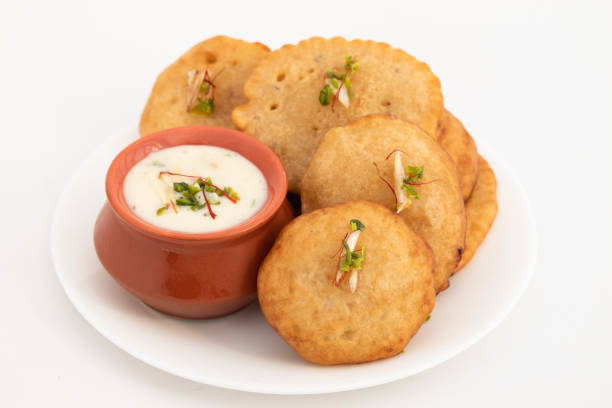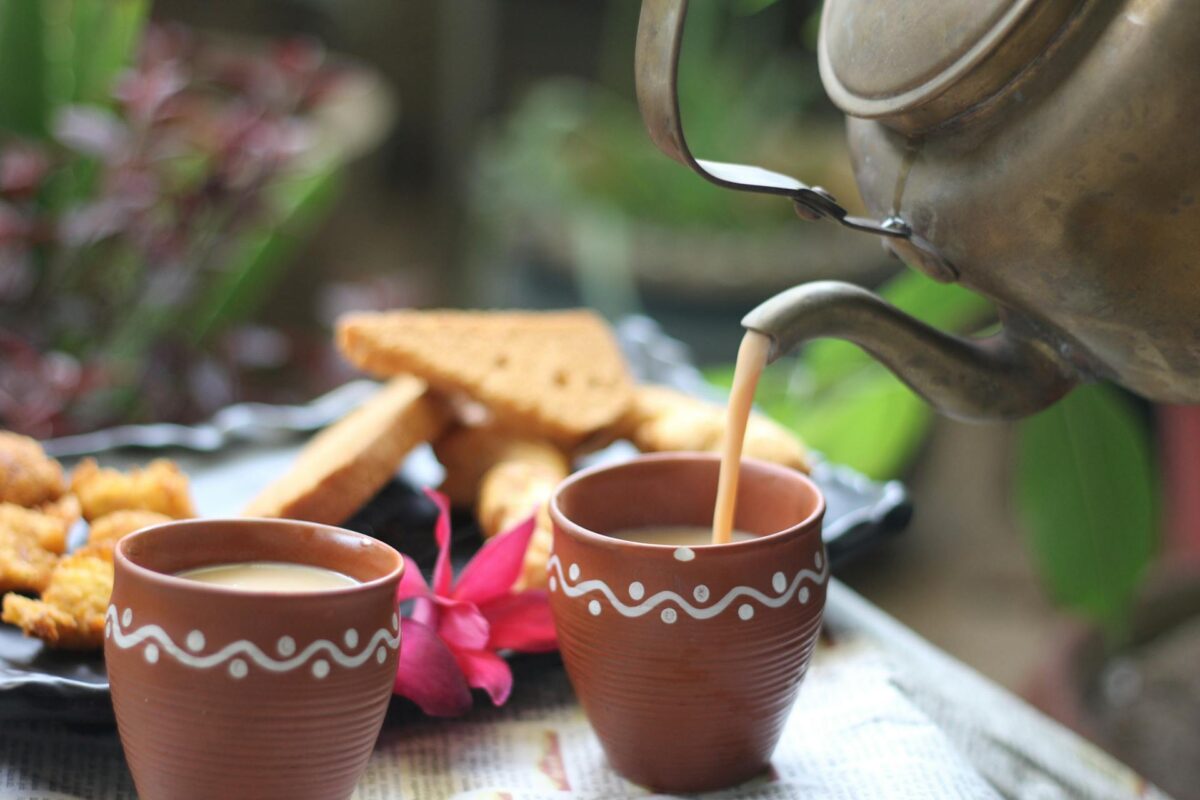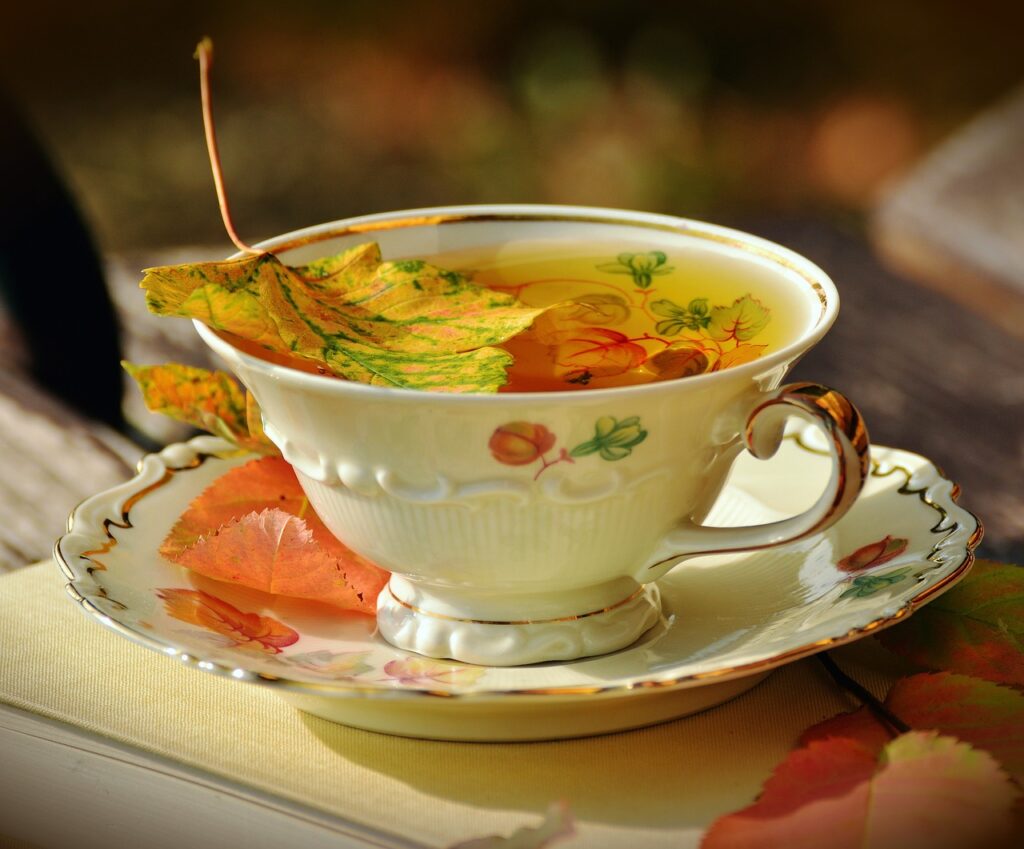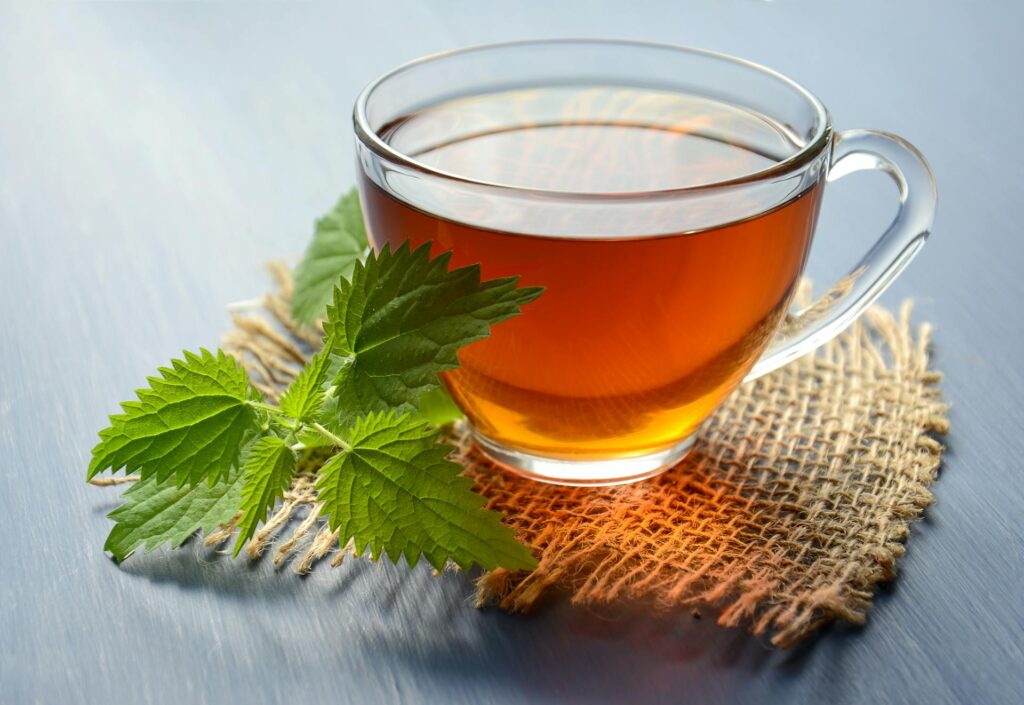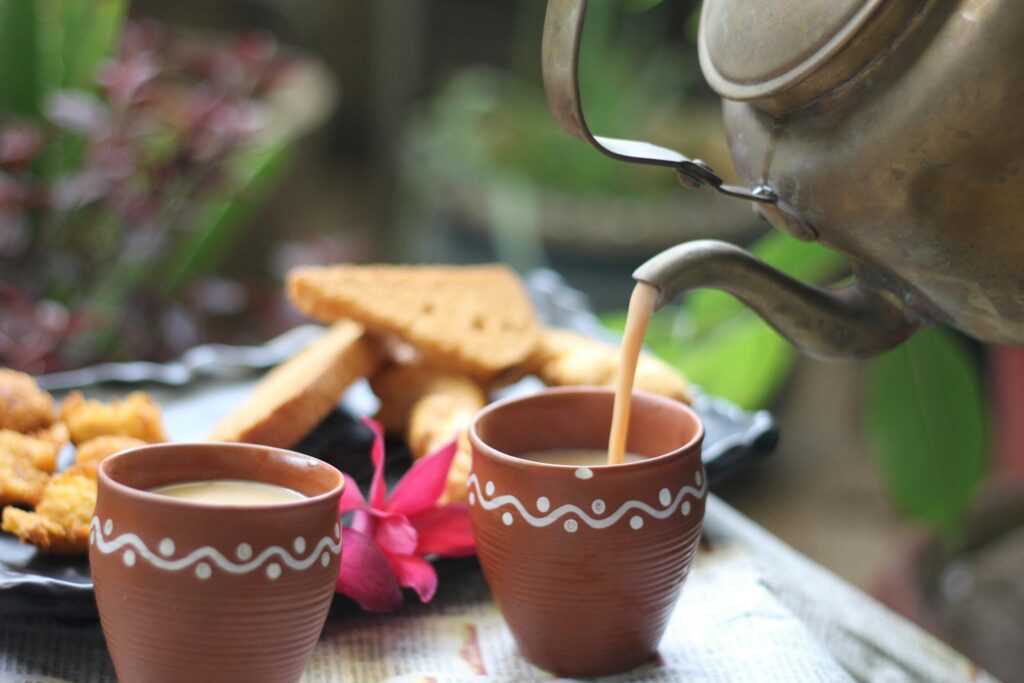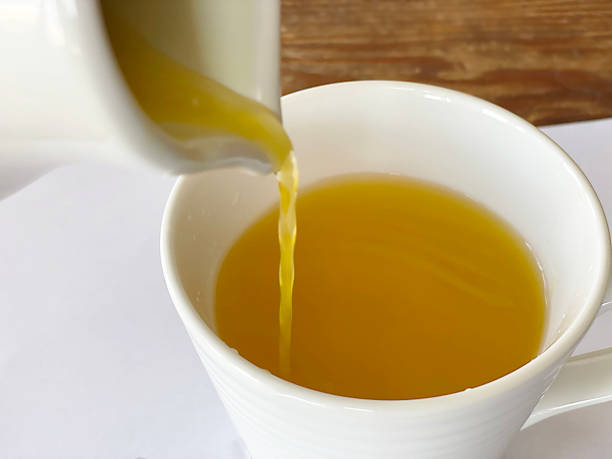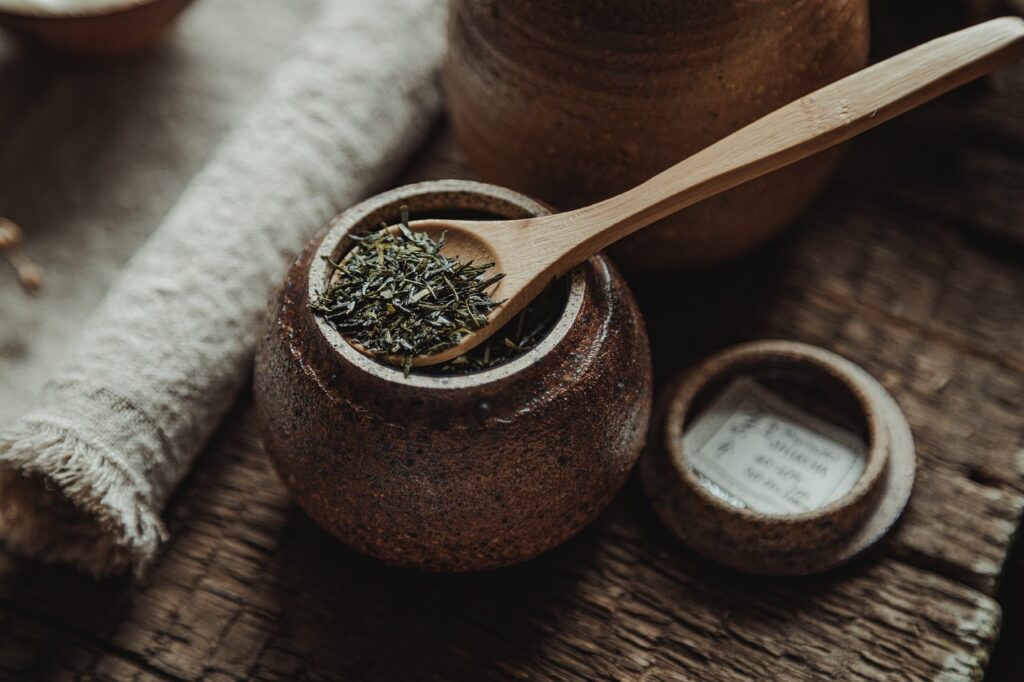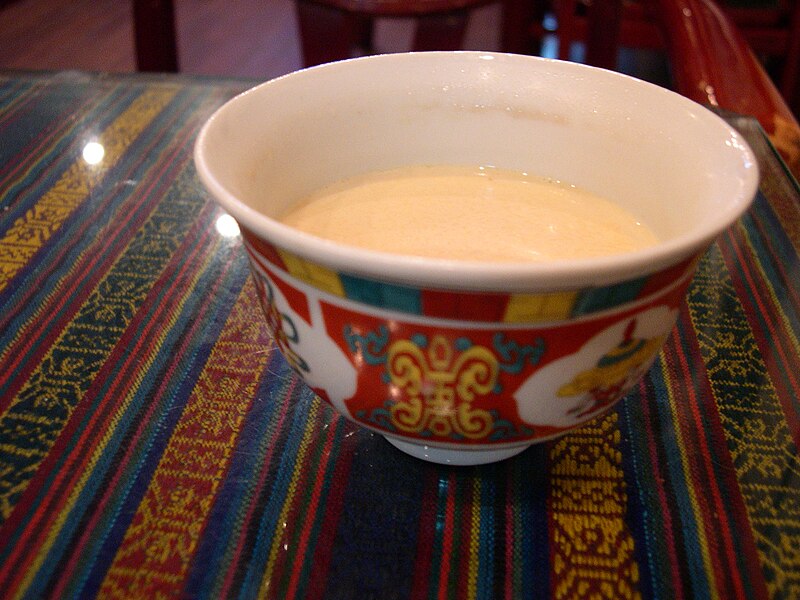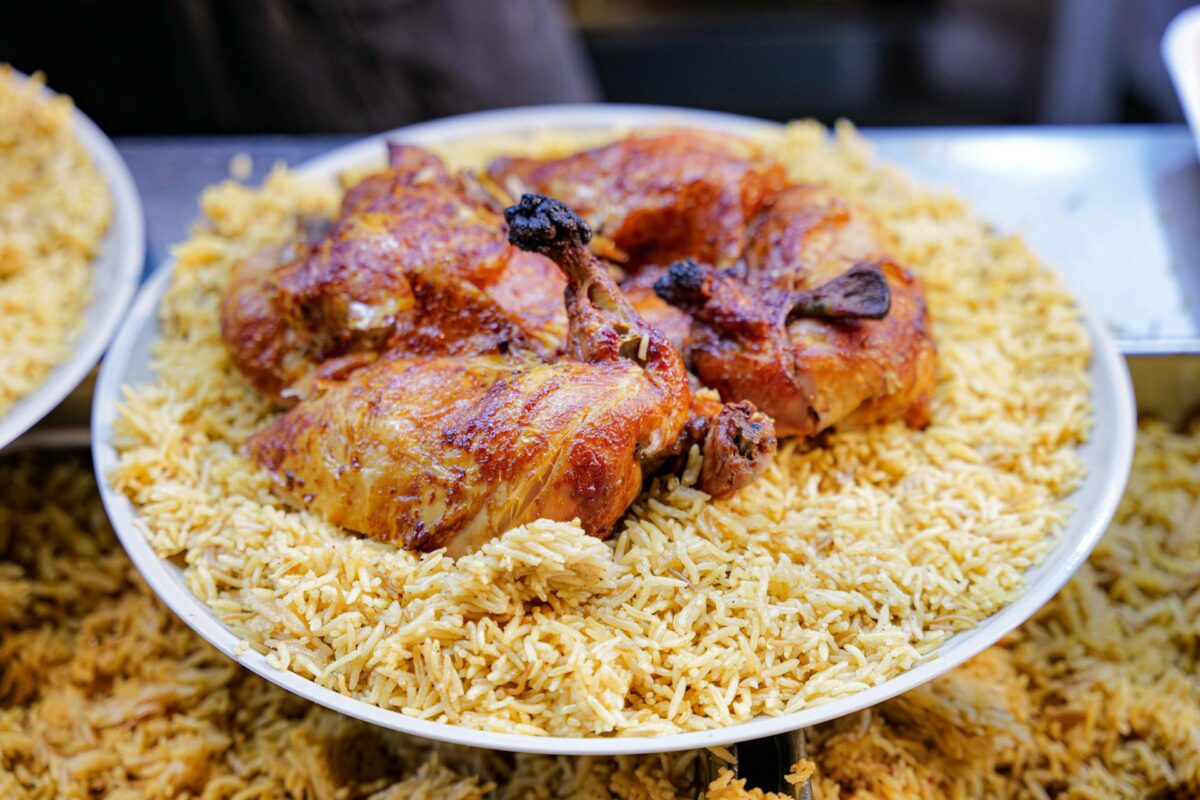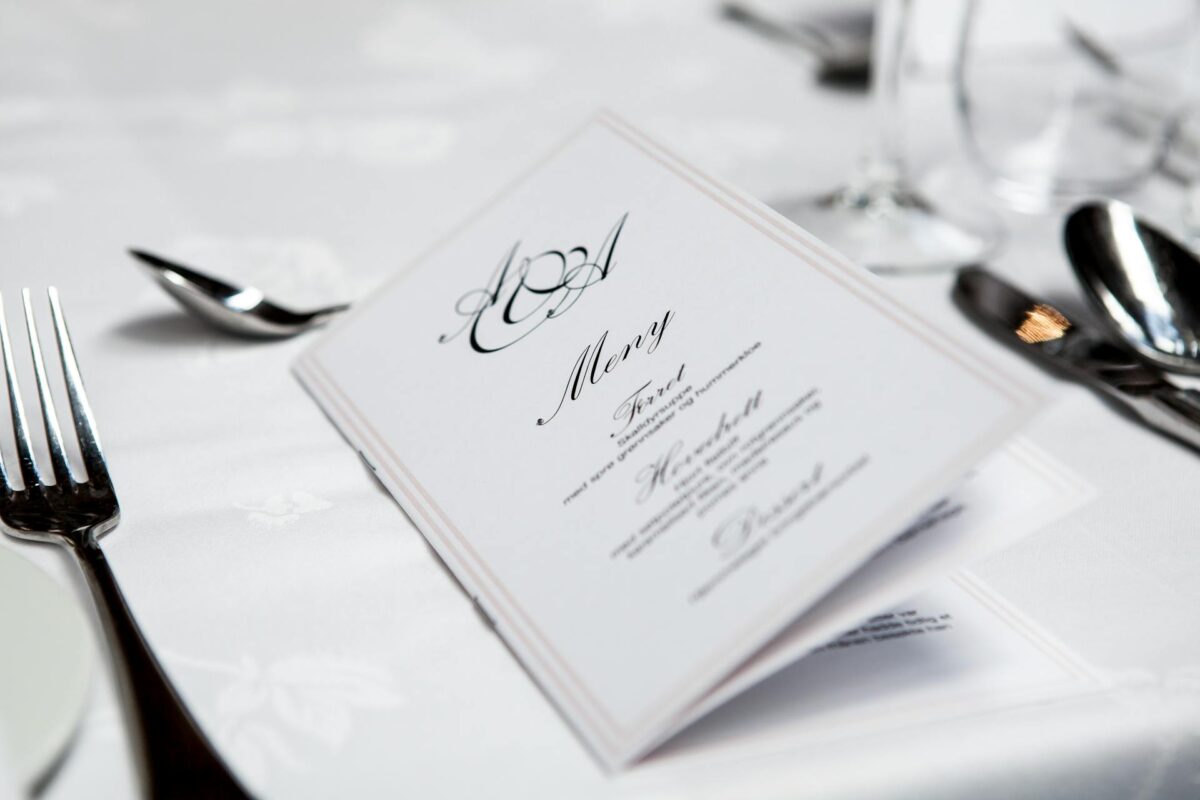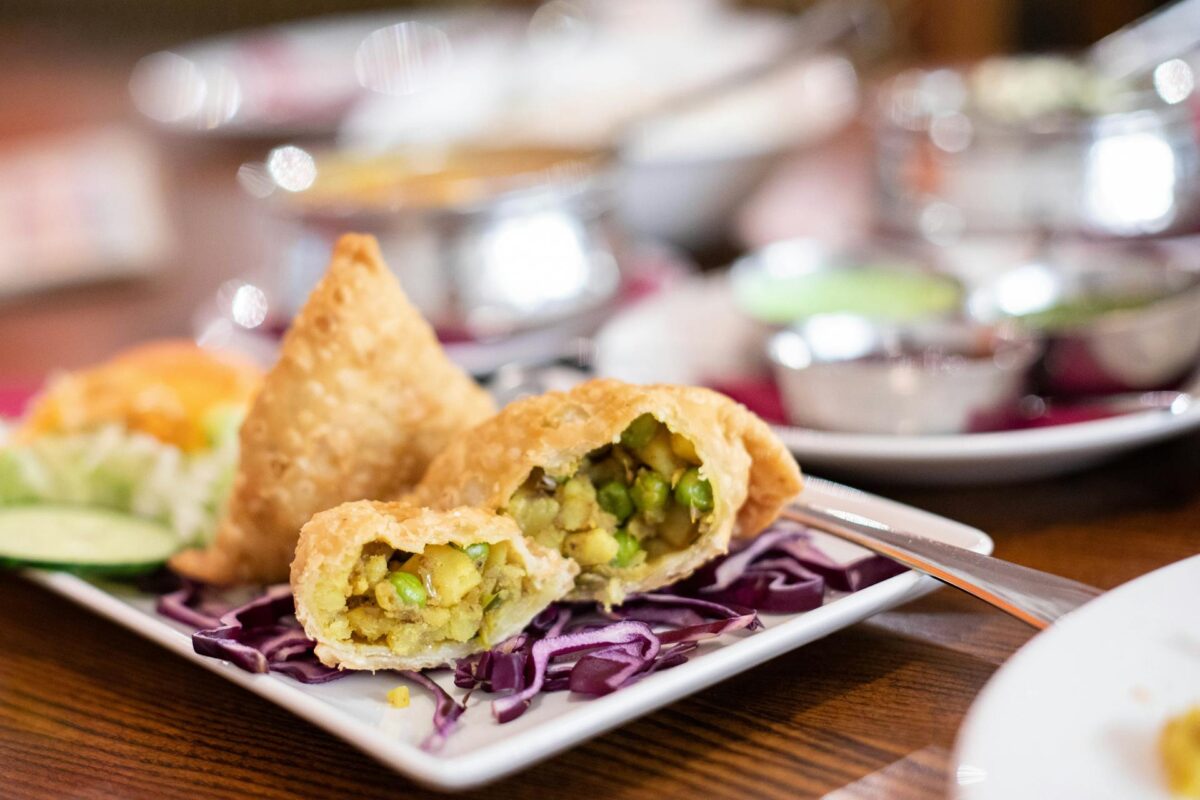Idli and dosa are two of the most iconic dishes in South Indian cuisine, enjoyed not only in India but also across the globe. Their origins are deeply rooted in the culinary and cultural history of South India, with debates and theories surrounding their evolution. Below is a detailed exploration of their history, supported by references and scholarly insights.
Origins of Idli
- Ancient Roots:
- The exact origin of idli is debated, but it is widely believed to have evolved over centuries. One popular theory suggests that idli was introduced to South India by Indonesian traders around 800–1200 CE. The Indonesian dish kedli, a similar fermented rice cake, is often cited as a possible precursor.
- Food historian K.T. Achaya, in his book Indian Food: A Historical Companion (1994), notes that the fermentation process used in idli-making was likely influenced by foreign culinary practices, possibly from Indonesia.
- Early Mentions:
- The earliest mention of idli-like dishes in Indian literature appears in the Kannada work Vaddaradhane by Shivakotiacharya (920 CE), which describes a dish called iddalige, made from a batter of urad dal (black gram) and rice.
- Another reference is found in the 12th-century Sanskrit text Manasollasa, written by the Chalukya king Someshvara III. The text describes a dish called iddarika, which is similar to modern-day idli.
- Evolution:
- Over time, idli evolved into its current form, with the fermentation process becoming a key feature. The use of rice and urad dal in specific proportions, along with steaming, became standardized in South Indian households.
Origins of Dosa
- Ancient Beginnings:
- Dosa, like idli, has ancient roots. It is believed to have originated in the Tamil region of South India. The earliest mention of dosa can be traced back to the Sangam literature (300 BCE–300 CE), where it is referred to as dosai.
- The Tamil text Perumpanuru describes a dish made from rice and lentils, which is believed to be an early version of dosa.
- Medieval Period:
- By the medieval period, dosa had become a staple in South Indian cuisine. The 12th-century text Manasollasa also mentions a dish called doshaka, which is thought to be an early form of dosa.
- The use of fermentation in dosa batter, similar to idli, became common during this period, giving the dish its characteristic texture and flavor.
- Modern Variations:
- Over time, dosa evolved into various forms, including masala dosa, which is stuffed with spiced potatoes. The masala dosa is said to have originated in Udupi, Karnataka, in the early 20th century and gained popularity across India.
Cultural Significance
- Idli and dosa are not just food items but are deeply embedded in South Indian culture. They are often associated with breakfast and are a staple in traditional South Indian meals.
- The fermentation process used in both dishes is considered healthy and probiotic, contributing to their popularity as nutritious foods.
References
- Achaya, K.T. (1994). Indian Food: A Historical Companion. Oxford University Press.
- Shivakotiacharya. (920 CE). Vaddaradhane (Kannada text).
- Someshvara III. (12th century). Manasollasa (Sanskrit text).
- Sangam Literature (300 BCE–300 CE). Perumpanuru (Tamil text).
In a nutshell
The history of idli and dosa reflects the rich culinary heritage of South India, influenced by trade, cultural exchanges, and regional innovations. From their ancient origins to their modern-day popularity, these dishes continue to be a symbol of South Indian cuisine, cherished for their simplicity, nutrition, and versatility.
Image Credit : Photo by sarthak


